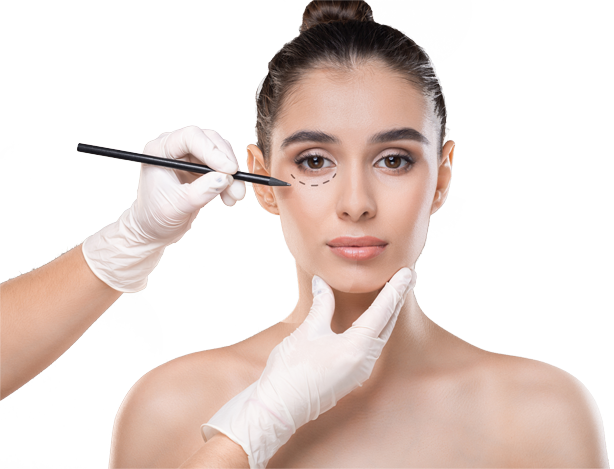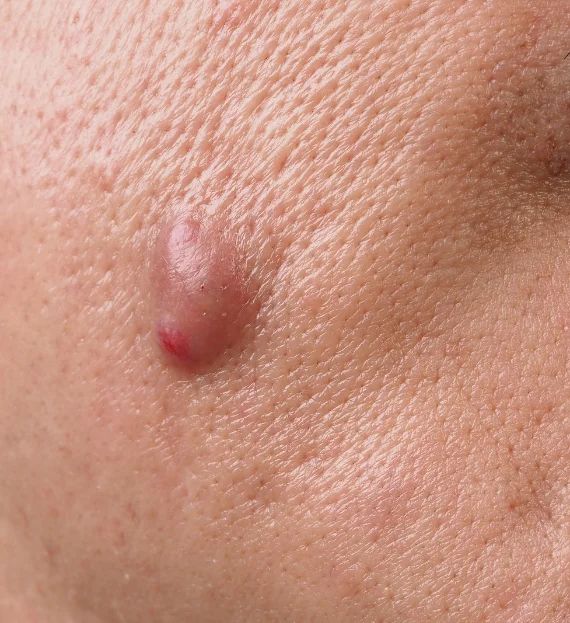Cyst removal
A bump formed under the skin which are filled with fluid or semi-solid material or in any other body part are known as cysts. Usually, these cysts are confined to a spot and are harmless in nature but are capable of causing discomfort with pain and swelling. These cysts can get infected on rupture and become bothersome.
Cyst removal
Cysts are treated by various removal procedures depending on the location, size, and type. Some of the most common methods are as follows –
Incision & Drainage: The incision and drainage method is one of the most frequent cyst removal methods where a small incision facilitates draining out its content. This method is considered for cysts of small & superficial nature which may not likely recur.
Excision: In cases of large or deep cysts, the surgical procedure or excision is performed to remove the entire cyst along with surrounding tissue to avoid any recurrence of cysts.
Laser Therapy: The cysts are treated by the laser where the cyst is vaporized and the surrounding tissue is sealed to reduce the bleeding and scarring.
Electrocautery: In electrocautery, the electric current is used to heat and destroy the cysts reducing the bleeding and minimizing the scarring.
Usually, the cyst removal procedure is conducted as an outpatient procedure under the effect of local anaesthesia. The size and locationof the cyst are considered while selecting the type of cyst removal procedure and recovery too depends on it. Post-procedure care has to be followed for a speedy recovery and infection prevention. In case the cyst recurs, additional treatment is considered.
Faq
Frequently Asked Questions
A. Generally, healthcare provider diagnoses cyst by physical examination but in some cases, ultrasound, CT scan, or MRI may be recommended to confirm the diagnosis.
The most common type of cysts are as follows -
- Sebaceous cyst
- Ganglion cyst
- Epidermoid cyst
- Pilonidal cyst
Ovarian cyst
A. No. Cysts are localized or benign in nature. Cysts may become cancerous over a period of time in very rare cases.
A. The common symptoms experienced by one are pain, swelling, redness, tenderness, and fluid-filled bumps under the skin. The severity of the symptoms depends upon the type and location of the cyst.
A. The smaller size cysts may get resolved by themselves over a period of time by bearing the pain and discomfort. However, the cyst needs to be removed with proper treatment involving its removal and medication to bear the pain and discomfort.
A. One can prevent the formation of the cyst by avoiding skin irritation and maintaining a hygienic lifestyle like practicing good skincare habits to prevent the sebaceous cyst.
A. No. The cyst removal involves its conduction with sterile instruments to avoid infection and local anaesthesia. So, this cannot be done at home without any supervision of a qualified and experienced healthcare provider.
A. Dermatologists, plastic surgeons, or general surgeons with experience are qualified to remove the cyst.






